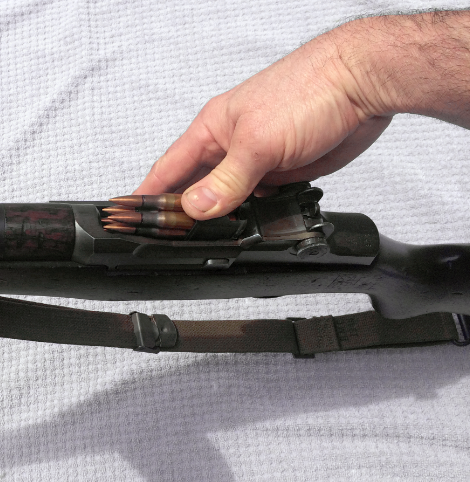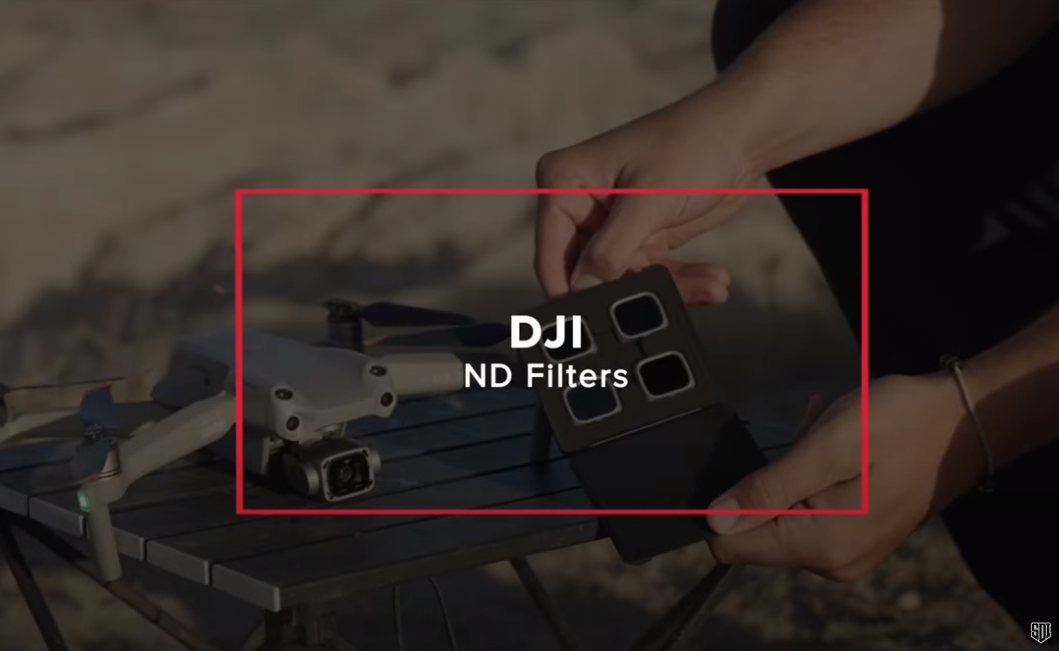
Photo Courtesy of Curiosandrelics
Firearms and history seem inexorably intertwined. If you’re into history, chances are you’re at least somewhat interested in the firearms of the past. And while countless guns exist in the annals of warfare, there’s one that’s almost completely ubiquitous (if you’re an American): the M1 Garand.
M1 Garand: Background
The rifle that General George Patton would eventually call “the greatest battle implement ever devised” traces its origins back to 1932. That’s when a Springfield employee, one John C Garand, developed his first semi-automatic, large-caliber rifle.
While the rifle technically bore the (super original) moniker “M1”, it became informally known by its inventor’s last name: the “Garand.” Side note – although uncounted legions worldwide mispronounce Garand’s name, the man himself wrote that it should be pronounced to rhyme with “errand.”
The M1 Garand in World War II
Garand further refined his design over the next four years, and it eventually hit mass production in 1936. That made it the Army’s standard issue rifle when the Japanese invaded the US-held Philippines less than 24 hours after the Pearl Harbor attacks.
Only limited numbers of Garands actually saw combat in the Philippines, though. Where the Garand first saw truly heavy use was in the Guadalcanal campaign. The army would continue to equip troops with M1 Garand rifles through D-Day and the entirety of the European campaign. Ultimately, Springfield (not the same Springfield that makes guns today) produced more than 3.5 million M1 Garands between 1932 and 1945.
The military retired the M1 Garand in 1953. But millions of demilitarized versions of the rifles proliferated into the civilian population thanks to the Civilian Marksmanship Program. Some of the rifles continued to see combat for years to come, with some Garands even appearing in the Syrian Civil War.
M1 Garand: Specs

Photo courtesy of Samf4u
One of the core components of the M1 Garand was its high-powered 30-06 Springfield cartridge. Shooters fed the rifle with 8-round en bloc clips (yes, actual clips) top-down into the receiver. When the shooter emptied the clip, it popped upwards vertically with a distinctive “ping” sound (get your fix here).
This top-down loading mechanism means that M1 Garands are picky with optics. Since a shooter needs to be able to reload the gun, Garands can only accept forward-mounted scout-type scopes with long eye relief.


